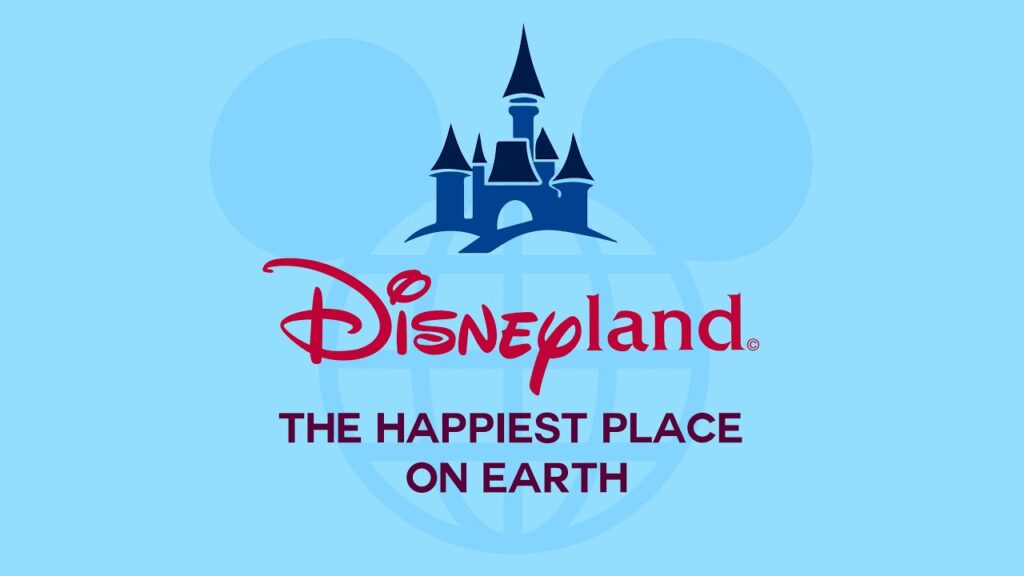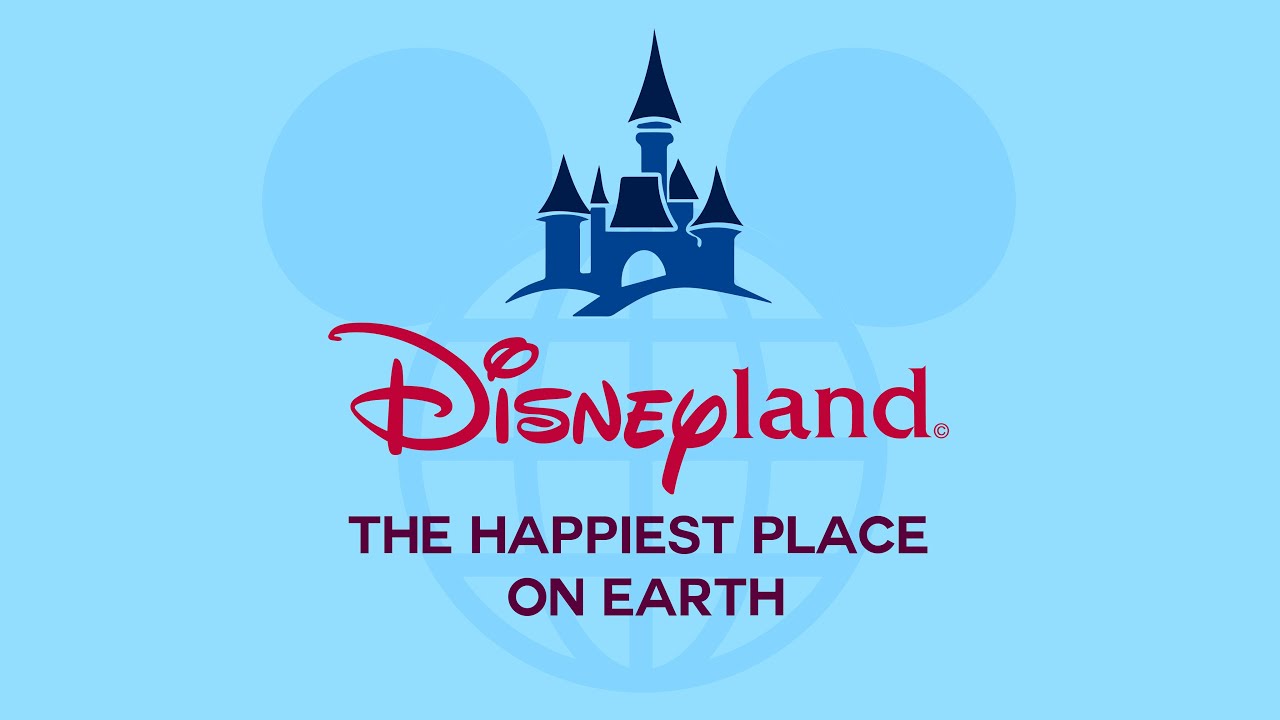
Unpacking the Magic: The Enduring Appeal of the “Happiest Place on Earth” Slogan
The phrase “Happiest Place on Earth” is instantly recognizable, synonymous with Disney theme parks and the promise of unparalleled joy. But what makes this slogan so effective? Beyond its simple declaration, the “Happiest Place on Earth” encapsulates a complex blend of marketing genius, emotional appeal, and a meticulously crafted experience. This article delves into the history, psychology, and cultural impact of this iconic phrase, exploring why it continues to resonate with audiences worldwide. The slogan, now deeply embedded in popular culture, represents more than just a vacation destination; it embodies a collective yearning for happiness and escape. We’ll examine how Disney has successfully leveraged this aspiration into a multi-billion dollar empire.
A History Rooted in Innovation
The story of the “Happiest Place on Earth” slogan begins with Disneyland itself. In the early 1950s, Walt Disney envisioned a new kind of amusement park – one that catered to both children and adults, offering immersive experiences and cutting-edge technology. This vision was revolutionary for its time. Disneyland opened its doors in 1955, and the need for a compelling marketing message became paramount. While the exact origin of the slogan is debated, it quickly became the unofficial motto of the park, reflecting Walt Disney’s own desire to create a place where families could create lasting memories. The “Happiest Place on Earth” was not just a marketing ploy; it was a reflection of Disney’s core values. It represented a commitment to creating a magical and unforgettable experience for every guest.
The Psychology of Happiness: Why It Works
The “Happiest Place on Earth” slogan taps into fundamental human desires. Happiness, joy, and the pursuit of positive emotions are universal aspirations. By associating its brand with these emotions, Disney effectively positions itself as a source of fulfillment. The slogan evokes a sense of nostalgia, reminding people of cherished childhood memories or creating a desire to experience that joy firsthand. The power of suggestion also plays a significant role. When people are told they are in the “Happiest Place on Earth,” they are more likely to perceive their experience in a positive light. This self-fulfilling prophecy contributes to the overall perception of Disneyland as a place of unadulterated joy. The carefully curated atmosphere, from the meticulously maintained landscaping to the friendly cast members, reinforces this message at every turn. Every detail, from the smell of popcorn to the vibrant colors, is designed to enhance the feeling of happiness and wonder. The “Happiest Place on Earth” is a carefully constructed environment designed to elicit positive emotions.
Marketing Magic: Branding and Beyond
The “Happiest Place on Earth” slogan is a masterclass in branding. It’s concise, memorable, and instantly recognizable. It’s been used in countless advertising campaigns, merchandise, and even incorporated into the park itself. The slogan’s consistency across all platforms has solidified its association with the Disney brand. Beyond traditional advertising, Disney has also leveraged the power of word-of-mouth marketing. Positive reviews and personal recommendations from satisfied customers have further amplified the slogan’s impact. Social media has also played a crucial role in perpetuating the “Happiest Place on Earth” narrative. Guests share their experiences online, showcasing the joy and excitement of their visits. This user-generated content provides authentic testimonials that reinforce the slogan’s message. The “Happiest Place on Earth” has become a symbol of Disney’s commitment to creating magical experiences. The slogan is more than just a tagline; it’s a promise.
The Evolution of Happiness: Adapting to the Times
While the core message of the “Happiest Place on Earth” remains consistent, Disney has adapted its approach to reflect changing societal values and expectations. In recent years, there has been a greater emphasis on inclusivity and diversity in Disney’s storytelling and park experiences. This reflects a broader cultural shift towards recognizing and celebrating the unique experiences of all individuals. The “Happiest Place on Earth” is no longer just about traditional fairy tales; it’s about creating a space where everyone feels welcome and valued. Disney has also embraced technology to enhance the guest experience. From interactive attractions to personalized experiences, technology is used to create even more immersive and engaging environments. The “Happiest Place on Earth” is constantly evolving to meet the needs and desires of its guests. The company’s commitment to innovation ensures that the park remains a relevant and exciting destination for generations to come.
Criticisms and Considerations
Despite its widespread appeal, the “Happiest Place on Earth” slogan has also faced criticism. Some argue that it sets unrealistic expectations, leading to disappointment when the actual experience doesn’t live up to the hype. Others point to the high cost of visiting Disney theme parks, suggesting that the “Happiest Place on Earth” is only accessible to a privileged few. These criticisms highlight the importance of managing expectations and ensuring that the Disney experience is accessible to a wider range of people. While Disney strives to create a magical experience for all, it’s important to acknowledge that happiness is subjective and that individual experiences may vary. The “Happiest Place on Earth” is not a guarantee of happiness, but rather an opportunity to create lasting memories and experience joy in a unique and immersive environment. It’s crucial to approach the experience with realistic expectations and a willingness to embrace the magic.
The Enduring Legacy of the “Happiest Place on Earth”
The “Happiest Place on Earth” slogan has become an integral part of the Disney brand and a cultural touchstone for generations. Its enduring appeal lies in its ability to tap into fundamental human desires for happiness, joy, and connection. While the concept of happiness is subjective and individual experiences may vary, the slogan serves as a powerful reminder of the potential for joy and wonder in our lives. Disney’s continued commitment to innovation and inclusivity ensures that the “Happiest Place on Earth” will continue to evolve and resonate with audiences for years to come. The slogan is a testament to the power of effective marketing, the importance of understanding human psychology, and the enduring appeal of the Disney brand. The “Happiest Place on Earth” is more than just a slogan; it’s a symbol of hope, happiness, and the magic of dreams coming true. [See also: The History of Disneyland Park] [See also: Disney’s Marketing Strategies] [See also: The Psychology of Theme Parks]
Beyond the Parks: The Slogan’s Influence
The influence of the “Happiest Place on Earth” extends far beyond Disney theme parks. The slogan has become a ubiquitous phrase, used in various contexts to describe places or experiences that evoke feelings of joy and contentment. Its widespread adoption is a testament to its power and memorability. The slogan has also inspired countless parodies and reinterpretations, further solidifying its place in popular culture. From television shows to movies to everyday conversations, the “Happiest Place on Earth” continues to be referenced and reimagined. This enduring presence demonstrates the slogan’s lasting impact on our collective consciousness. The “Happiest Place on Earth” has become a cultural shorthand for happiness and escapism.
Maintaining the Magic: Disney’s Ongoing Efforts
Disney understands the importance of maintaining the magic associated with the “Happiest Place on Earth.” The company invests heavily in employee training, park maintenance, and new attractions to ensure that the guest experience remains exceptional. Disney also actively monitors social media and online reviews to identify areas for improvement and address any concerns. This commitment to quality and customer satisfaction is essential for preserving the integrity of the brand and upholding the promise of the slogan. The “Happiest Place on Earth” is not just a marketing claim; it’s a standard that Disney strives to meet every day. The company’s dedication to excellence is evident in every aspect of the park experience.
The Future of Happiness: What’s Next for Disney?
As technology continues to evolve and societal values shift, Disney will need to adapt its approach to maintaining the “Happiest Place on Earth.” This may involve incorporating new technologies, creating more personalized experiences, and addressing concerns about accessibility and inclusivity. The future of happiness lies in creating experiences that are both magical and meaningful, catering to the diverse needs and desires of a global audience. Disney’s ability to innovate and adapt will be crucial for ensuring that the “Happiest Place on Earth” remains a relevant and beloved destination for generations to come. The company’s commitment to storytelling, innovation, and customer satisfaction will be key to its continued success. The “Happiest Place on Earth” is a constantly evolving concept, shaped by the changing world around us.
In conclusion, the “Happiest Place on Earth” slogan is more than just a marketing tagline; it’s a cultural phenomenon that has captured the hearts and imaginations of people around the world. Its enduring appeal lies in its ability to tap into fundamental human desires for happiness, joy, and connection. While the concept of happiness is subjective and individual experiences may vary, the slogan serves as a powerful reminder of the potential for joy and wonder in our lives. Disney’s continued commitment to innovation and inclusivity ensures that the “Happiest Place on Earth” will continue to evolve and resonate with audiences for years to come. The slogan is a testament to the power of effective marketing, the importance of understanding human psychology, and the enduring appeal of the Disney brand. The “Happiest Place on Earth” is a symbol of hope, happiness, and the magic of dreams coming true.

